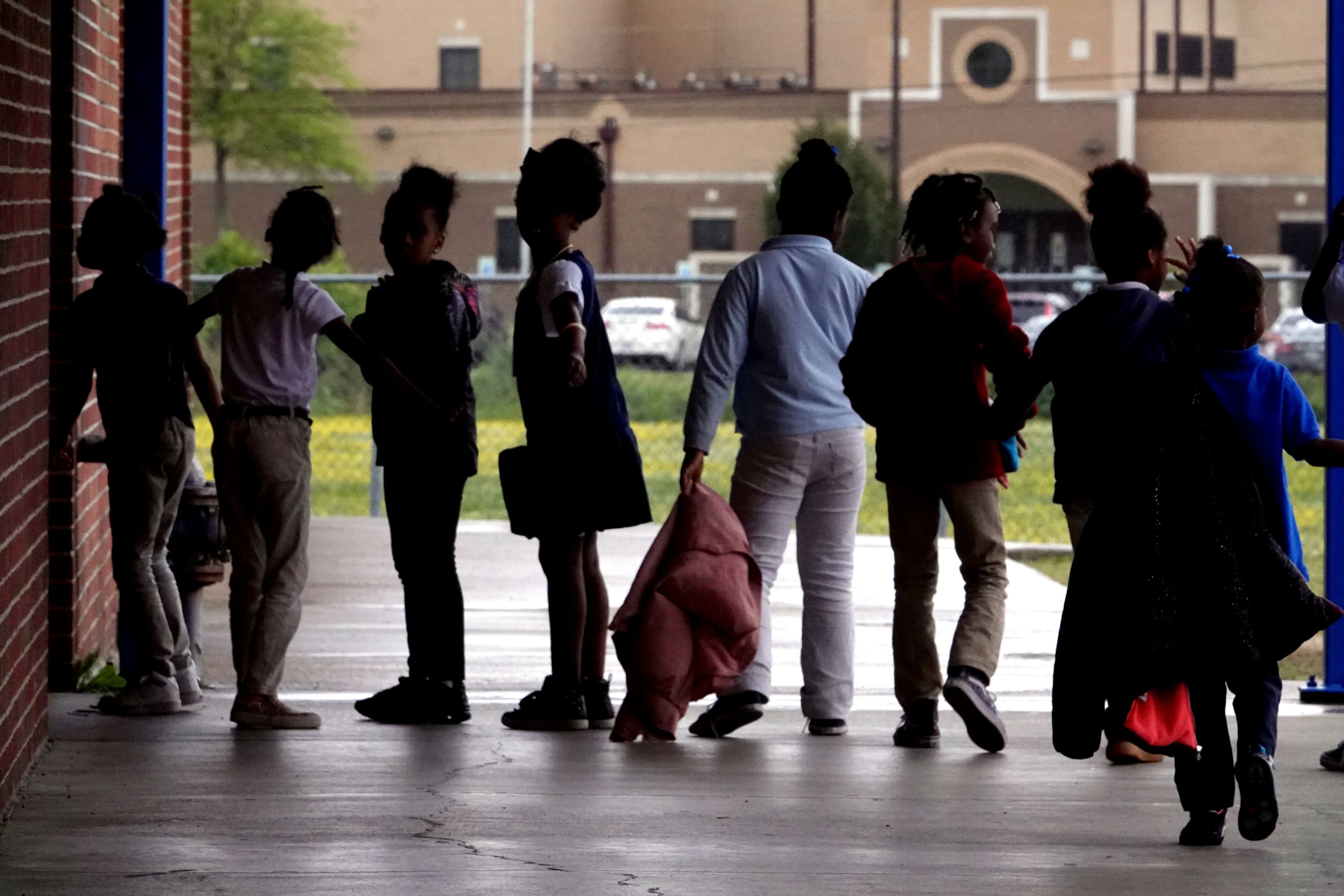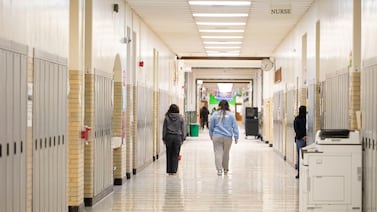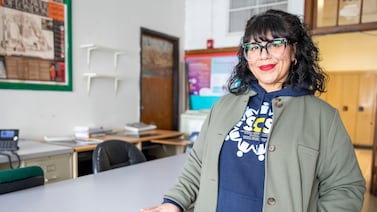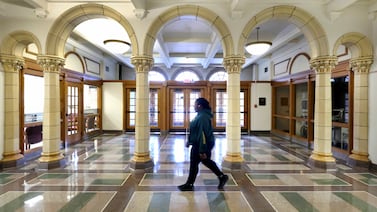Homelessness among Memphis-Shelby County Schools students has hit its highest level in at least four years, more than doubling from the same time last year.
New district data shows 1,504 students were identified as homeless as of Oct. 7, the end of the first quarter of the school year. That’s a nearly 180% increase from last fall, when the number of homeless students stood at 538.
And the problem is only getting worse, said Shawn Page, the district’s chief of academic operations and school support. So far this school year, Page said MSCS has identified and provided services to over 1,600 homeless students and their families — already topping the total number of homeless families the district supported all last school year.
“That is significant, and just shows the extreme need in our communities for homelessness services,” Page told the school board during Monday committee meetings.
Page estimates there are thousands more MSCS students experiencing housing insecurity whom the district has not been able to identify or support. The district largely relies on school counselors, social workers, and teachers to gather data on homeless students and support those families through individual schools, but sometimes, families can slip through the cracks.
The likely undercount is part of a nationwide pattern: A recent Center for Public Integrity analysis suggests 300,000 students entitled to essential rights reserved for homeless students were not identified by their school districts, which are required to help them. Some 2,400 districts did not report having even one homeless student, despite levels of economic hardship that make those figures improbable, according to the analysis, and many more are likely undercounting the number of homeless students they do identify.
In nearly half of states, tallies of student homelessness “bear no relationship with poverty, a sign of how inconsistent the identification of kids with unstable housing can be,” the report said.
MSCS officials said the uptick in homelessness is likely the result of a lack of affordable housing, a longstanding problem in Memphis made worse by rising inflation. Rents in Memphis, for example, have risen by nearly 30% since before the pandemic, according to the November 2022 Apartment List National Rent Report.
Last year’s 36% jump to 538 homeless students appeared to be a near return to pre-pandemic levels, after virtual learning limited the district’s ability to get an accurate count of students without stable housing. The district’s latest report suggests that administrators are still struggling with the count.
The district is working to help students and families experiencing housing insecurity, Page said, from providing transportation, school supplies, and uniforms, to offering tutoring in homeless shelters and hotels and ensuring immigrant families without housing get translation services. MSCS also refers families to other community organizations that provide temporary housing to families at risk of homelessness.
But many challenges remain as homelessness continues to skyrocket, Page said, including tracking families who have fluid housing situations and having enough resources to provide them with clothing and household supplies. Page said many of the community agencies the district works with are also overwhelmed.
Page called on the community to address the issue collectively, drawing a link between homelessness and the district’s rising chronic absenteeism.
District data released in May showed nearly 30% of MSCS students were considered chronically absent from school last year, meaning they missed 10% of school days or more. In September, district officials clashed with Memphis Mayor Jim Strickland over his comments linking rising truancy to juvenile crime and criticizing MSCS for terminating its relationship with the district attorney’s office to enforce truancy laws.
“Every time a family has to change residence, they miss school, and that’s no fault of the family. That’s no fault of the child,” Page said. “We cannot criminalize poverty, and we cannot criminalize our families, because there’s a difference between missing school and legitimate reasons for not sending your child to school. Housing instability is a community problem that’s causing our children not to come to school.”
During Monday’s committee meetings, several MSCS board members said the new data aligns with what they’re hearing from families.
Board member Stephanie Love said that earlier in the day, a woman from her district called to tell her she’d become homeless after her landlord sold the house she’d been renting.
Board member Amber Huett-Garcia called the data a “gut punch,” and asked the community to cooperate with the district to battle homelessness.
“We don’t need to be overly political here to say that housing is a human right,” Huett-Garcia said. “Anything we can do, let’s get committed. If you’re listening and you think you can help, come step up.”
Samantha West is a reporter for Chalkbeat Tennessee, where she covers K-12 education in Memphis. Connect with Samantha at swest@chalkbeat.org.






